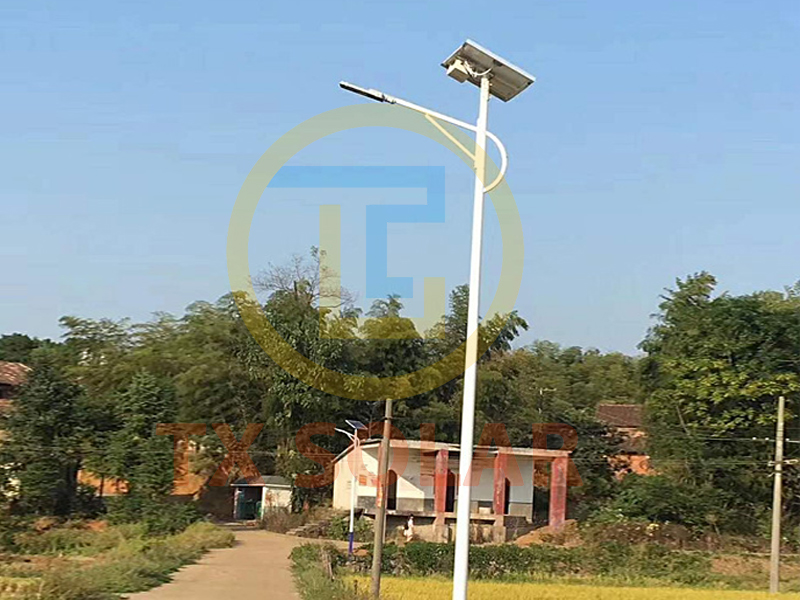As the world shifts towards sustainable energy solutions, village solar street lights have become a popular choice in both rural and urban areas. These lights not only provide lighting but also enhance the safety and security of the community. However, transporting these solar street lights requires careful planning and execution to ensure they arrive at their destination in optimal condition. This article outlines basic precautions for transporting village solar street lights.
1. Correct Packaging
The first step in ensuring safe transportation of village solar street lights is correct packaging. Each component, especially solar panels and batteries, should be packaged securely to prevent damage during transportation. Use a sturdy box or crate that can withstand the rigors of shipping. Additionally, consider using cushioning materials like bubble wrap or foam to protect fragile components.
2. Tag
Clear labeling is essential for the safe transportation of village solar street lights. Each package should be labeled with its contents, operating instructions, and any warnings about fragile components. This helps handlers understand the nature of the items they are handling and take appropriate steps during loading and unloading.
3. Weight Distribution
When loading village solar street lights onto a transport vehicle, weight distribution must be considered. Uneven weight distribution can cause instability during transportation and increase the risk of damage. Make sure heavier components, such as the battery, are placed on the bottom and evenly distributed over the vehicle. This will help maintain balance and prevent shifting during shipping.
4. Temperature Control
Solar street lights are sensitive to extreme temperatures. Prolonged exposure to high temperatures or freezing conditions can damage batteries and other components. If possible, use climate-controlled vehicle transit lights. If this is not possible, cover the packages with insulating material to protect them from temperature fluctuations.
5. Avoid Moisture
Moisture can be harmful to village solar street lights, especially electrical components. Make sure the packaging is waterproof or use hygroscopic materials to keep contents dry. Also, avoid transporting the light in rainy weather or in areas with high humidity.
6. Secure Fastening
During shipping, it is crucial to secure the package to prevent movement. Use straps, rope or netting to secure the package to the vehicle. This will minimize the risk of it moving or falling during transport, causing damage.
7. Handle with Care
Train people involved in the loading and unloading process to handle packages with care. Stress the importance of gentle handling, especially with fragile parts such as solar panels. Encourage the use of equipment such as hand trucks or forklifts to move heavier items to reduce the risk of injury and damage.
8. Route Planning
Before setting off on your transportation journey, plan your route carefully. Avoid roads with heavy traffic, potholes, or rough terrain where your package may get squeezed. If possible, choose a route with smoother conditions to ensure a safer transportation experience.
9.Insurance Coverage
Consider purchasing insurance for shipping your village solar street lights. This provides financial protection in the event of unforeseen circumstances, such as an accident or damage during shipping. Having insurance can give you peace of mind and ensure that any losses are mitigated.
10. Post-Transportation Inspection
After the village solar street lights arrive at their destination, each package is inspected thoroughly. Check for any signs of damage and make sure all components are intact. If any problems are discovered, note them down and take appropriate action, either repair or replacement.
In conclusion
Transporting village solar street lights requires careful attention to detail and adherence to best practices. By following the precautions outlined in this article, you can ensure that these eco-friendly lighting solutions arrive safely and ready for installation. Correct packaging, secure fastening and careful handling are just a few important steps that have a significant impact on the successful shipment of solar street lights. As communities continue to adopt sustainable energy solutions, ensuring the safe delivery of these systems will play a vital role in improving their infrastructure and quality of life.
Post time: Oct-24-2024

